What to Do When Microsoft Edge Is Freezing, Hangs, or Is Not Responding
Check expert fixes and workarounds for a quick resolution
6 min. read
Updated on
Read our disclosure page to find out how can you help Windows Report sustain the editorial team. Read more

Windows users reported that Microsoft Edge keeps freezing or not responding. Today, we’ll show you how to get that fixed in just a few simple steps.
Edge freezing troubleshooting guide
1. Repair Edge and modify the settings
- Press Windows + R to open Run, type appwiz.cpl, and hit Enter.
- Locate Microsoft Edge, select it, and then click on the Change button.
- Click Yes in case a UAC prompt appears.
- Now, click on Repair and wait for Edge to reinstall.
- Once done, launch the browser, click on the ellipsis near the top right, and choose Settings.
- Head to the Privacy, search, and services tab, select the Balanced option under Tracking prevention, and disable the toggle for Always use “Strict” tracking prevention when browsing InPrivate.
That’s it! A user pointed out that repairing the browser and then modifying the privacy settings can fix things when Microsoft Edge keeps freezing.
2. Clean Edge cache
2.1 Clear cookies and site data
- Start Edge, click the Menu button (the three horizontal dots) in the top right corner, and choose Settings from the menu.
- Click on the three horizontal lines from the top left and select the Cookies and site permissions options from the list.
- Now select Manage and delete cookies and site data.
- Now click on See all cookies and site data.
- You will see all cookies stored in your browser. Click on the Remove all button.
- Confirm the selection by clicking the Clear button.
2.2 Clear browsing data
- Start Edge.
- Enter Settings as shown in the previous solution.
- Click on the three horizontal lines from the top left and select Privacy, search, and services from the list.
- Scroll down and click on Choose what to clear button.
- Select the data you want to clear and click on the Clear now button.
If Microsoft Edge is hanging, clearing the cache and browsing data is a quick fix.
3. Use a cleaning tool
Microsoft Edge freezes can be a big problem, but according to users, you can fix this issue simply by using a specialized cleaning tool.
They do this by fixing and repairing any files and libraries on your PC by comparing them with their own libraries, creating backups, and ensuring everything is in check.
Of course, the tools are useful for the entire well-being of your PC, not just your Microsoft Edge installation.
4. Use PowerShell
- Right-click the Start button and click on PowerShell (Admin) from the list.
- When PowerShell opens, enter the following command and press Enter to run it:
$manifest = (Get-AppxPackage Microsoft.WindowsStore).InstallLocation + 'AppxManifest.xml' ; Add-AppxPackage -DisableDevelopmentMode -Register $manifest - After the process is completed, close PowerShell and restart your PC.
- After your PC restarts, check if the problem is resolved.
5. Turn off Internet Explorer 11
- Press Windows + S and enter windows features. Select Turn Windows features on or off.
- Locate Internet Explorer 11 on the list and uncheck it.
- Click OK to save the changes.
6. Try resetting Microsoft Edge
6.1 Use the Reset option
- Open Edge.
- Click the Menu button and select Settings.
- From the left pane, select Reset settings.
- Now click on Restore settings to their default values.
- Confirm that you want to perform the reset.
6.2 Delete the Edge pack
- Press Windows key + R and enter %localappdata%. Click OK or press Enter.
- Go to the following directory and delete all files from it:
Packages\Microsoft.MicrosoftEdge_8wekyb3d8bbwe
6.3 Use PowerShell to reset Microsoft Edge
- Open PowerShell as administrator as shown in Solution 6.
- When PowerShell opens, enter this command, and press Enter to run it:
Get-AppXPackage -AllUsers -Name Microsoft.MicrosoftEdge | Foreach {Add-AppxPackage -DisableDevelopmentMode -Register "$($_.InstallLocation)AppXManifest.xml" –Verbose}
We have to mention that using PowerShell can be dangerous, therefore be extra cautious. Resetting Microsoft Edge will clear all your settings, so you might have to set them again.
7. Run the System File Checker and DISM
7.1 Run the SFC scan
- Type cmd in Windows search and click on Run as administrator to start Command Prompt with full privileges.
- When Command Prompt starts, enter the following command and press Enter to run it:
sfc /scannow - Wait for the process to complete.
7.3 Run a DISM scan
- Start Command Prompt as administrator, as shown in the previous solution.
- Enter the following command and press Enter to run it:
DISM /Online /Cleanup-Image /RestoreHealth
If the System File Checker toot doesn’t fix the problem, you might want to try using a DISM scan to set things right again.
8. Change your DNS
- Open Network Connections window. To do that, press Windows key + X and choose Network Connections from the menu.
- Locate your network connection, right-click it and choose Properties from the menu.
- Select Internet Protocol Version 4 (TCP/IPv4) and click on Properties.
- Select Use the following DNS server addresses and enter 8.8.8.8 as Preferred DNS server and 8.8.4.4 as Alternate DNS server. You can also use 208.67.222.222 as Preferred and 208.67.220.220 as Alternate DNS server.
- Click OK to save the changes.
If Microsoft Edge is stuck, then the issue can be your DNS, and you can fix things simply by changing it.
If you encounter any other DNS problems or you want to get in-depth expertise, check our comprehensive guide on how to fix DNS issues in Windows 10.
9. Enable Automatically manage paging file size
- Press Windows + I to open the Settings app.
- Click on System.
- Scroll on the left pane, click About, then select Advanced system settings on the right.
- Under Performance, click Settings.
- Click the Advanced tab, then the Change button.
- Tick Automatically manage paging file size for all drives.
10. Use another browser
Simply use another browser to save a website link to your Desktop and open that file using Microsoft Edge. According to users, this problem seems to be caused by tabs in Microsoft Edge, and by using this workaround, you’ll be able to use Edge without any freezes.
More so, it has tools that Edge doesn’t, such as a built-in unlimited VPN and integrated social network tools on its sidebar.

Opera One
Upgrade to this error-free browser & enjoy a freeze-free experience!How can I improve my Microsoft Edge performance?
The best way to improve performance is to disable extensions you don’t actively use. It’s also advised to keep the number of open tabs to a minimum or close the more demanding pages.
Additionally, you can enable Microsoft Edge Efficiency mode to optimize the resource usage of your browser.
Microsoft Edge is a great browser, but you might experience certain issues with it occasionally. If Microsoft Edge is not responding, try all solutions from this article.
For more information, we suggest visiting our guide on reducing Microsoft Edge’s high CPU usage.
Freezes can cause you to lose your open tabs, but there are ways to restore previous session in Edge easily.
If you have any other suggestions or want to express your thoughts, leave them in a comment in the dedicated section below.
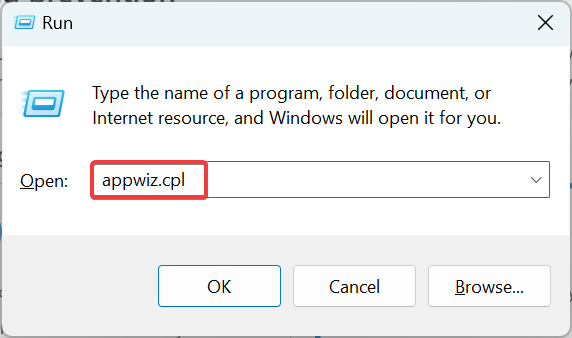
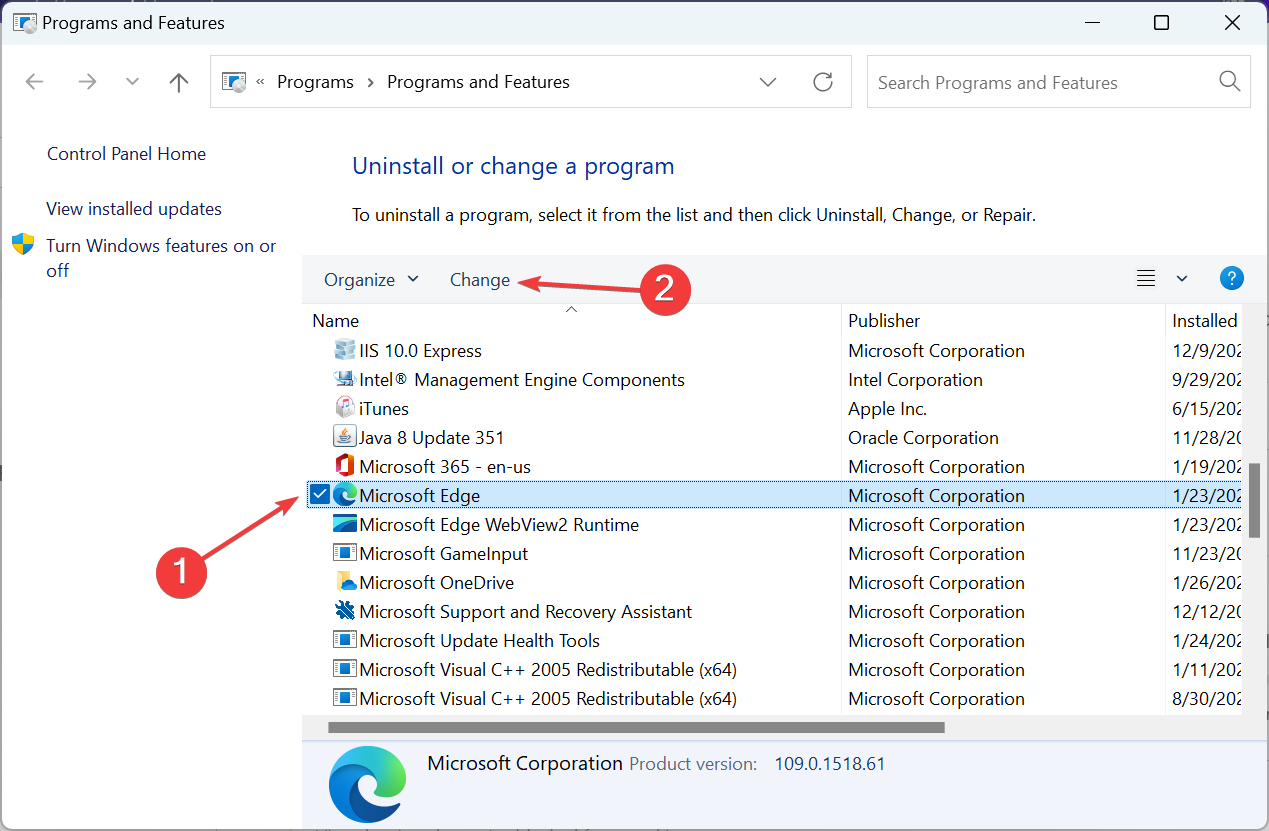
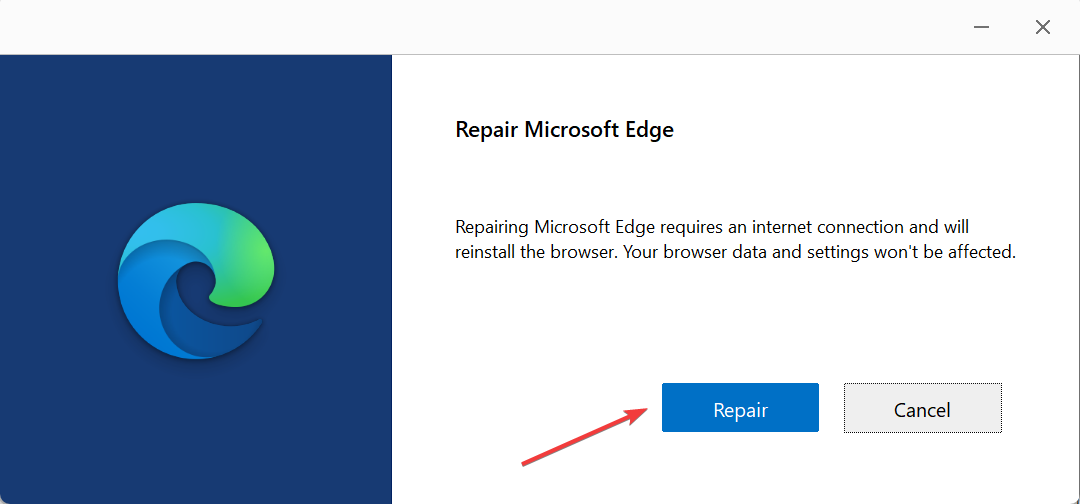

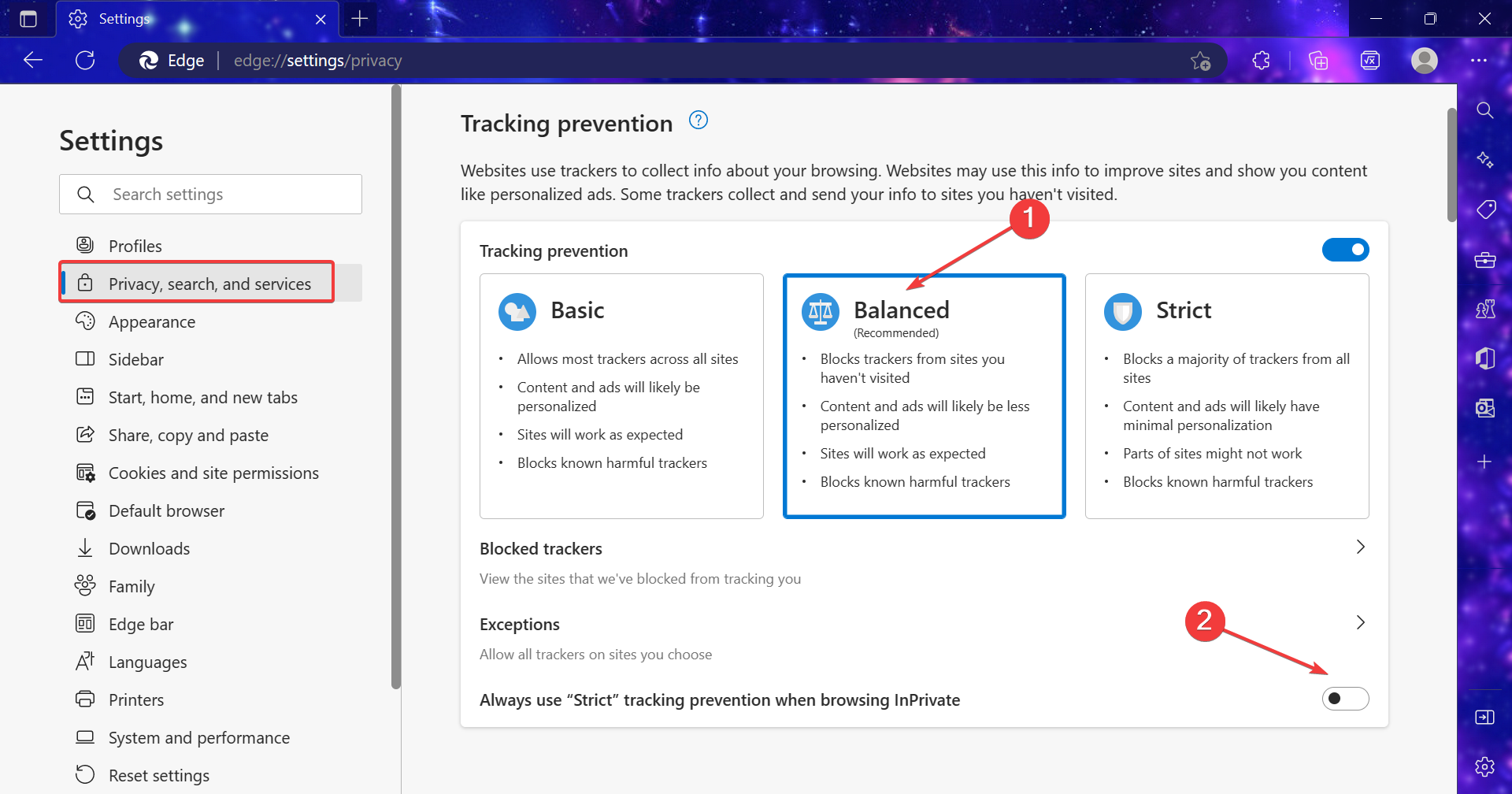
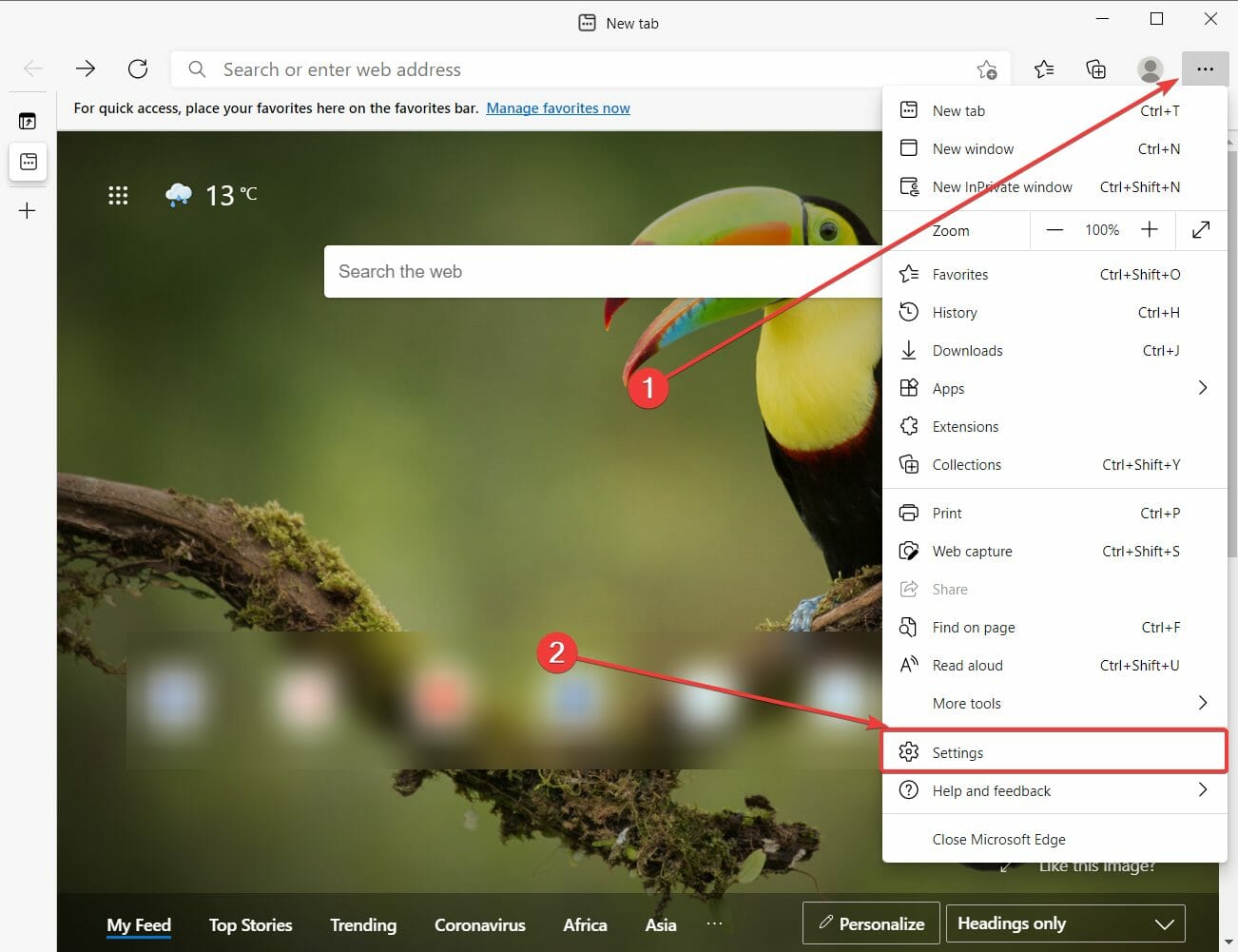


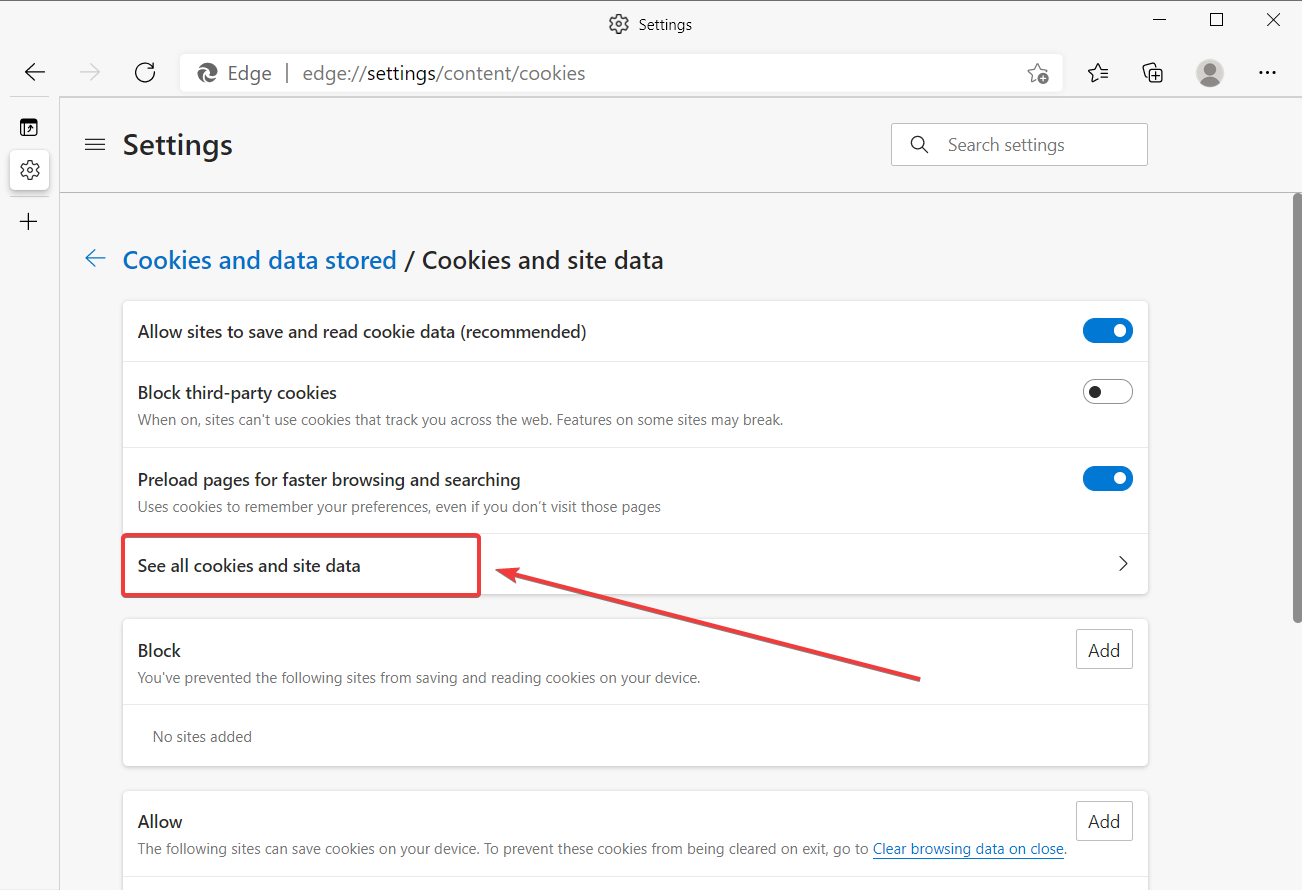
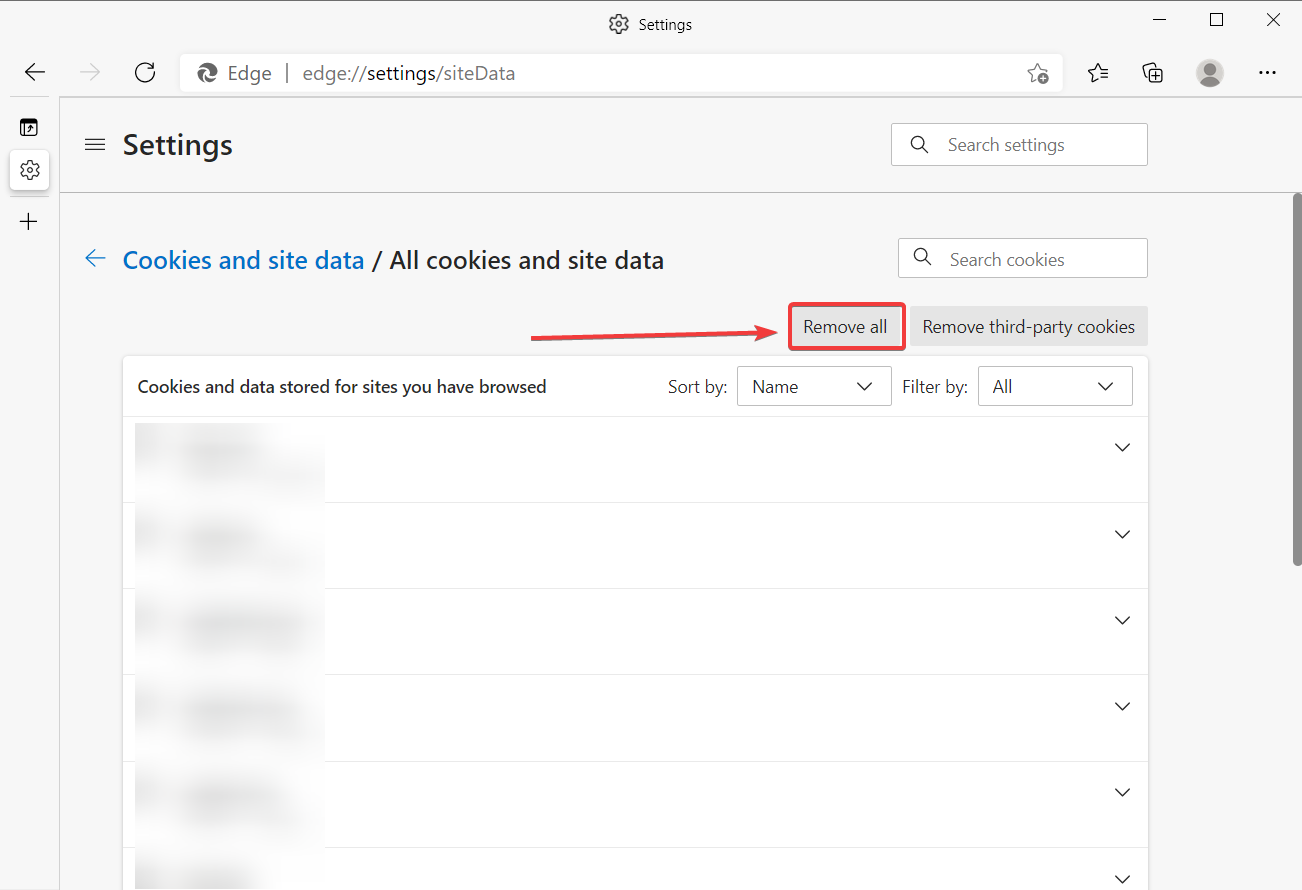
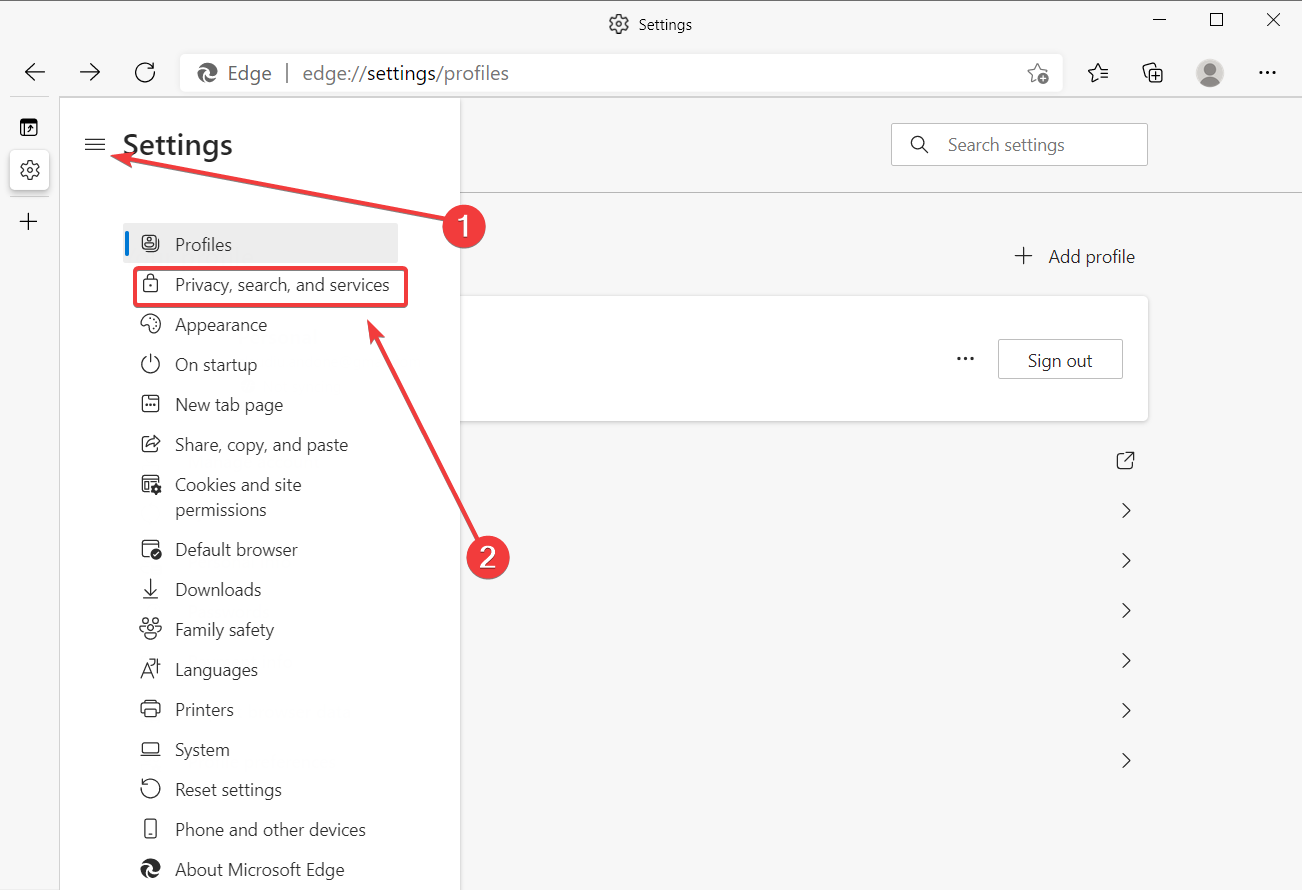
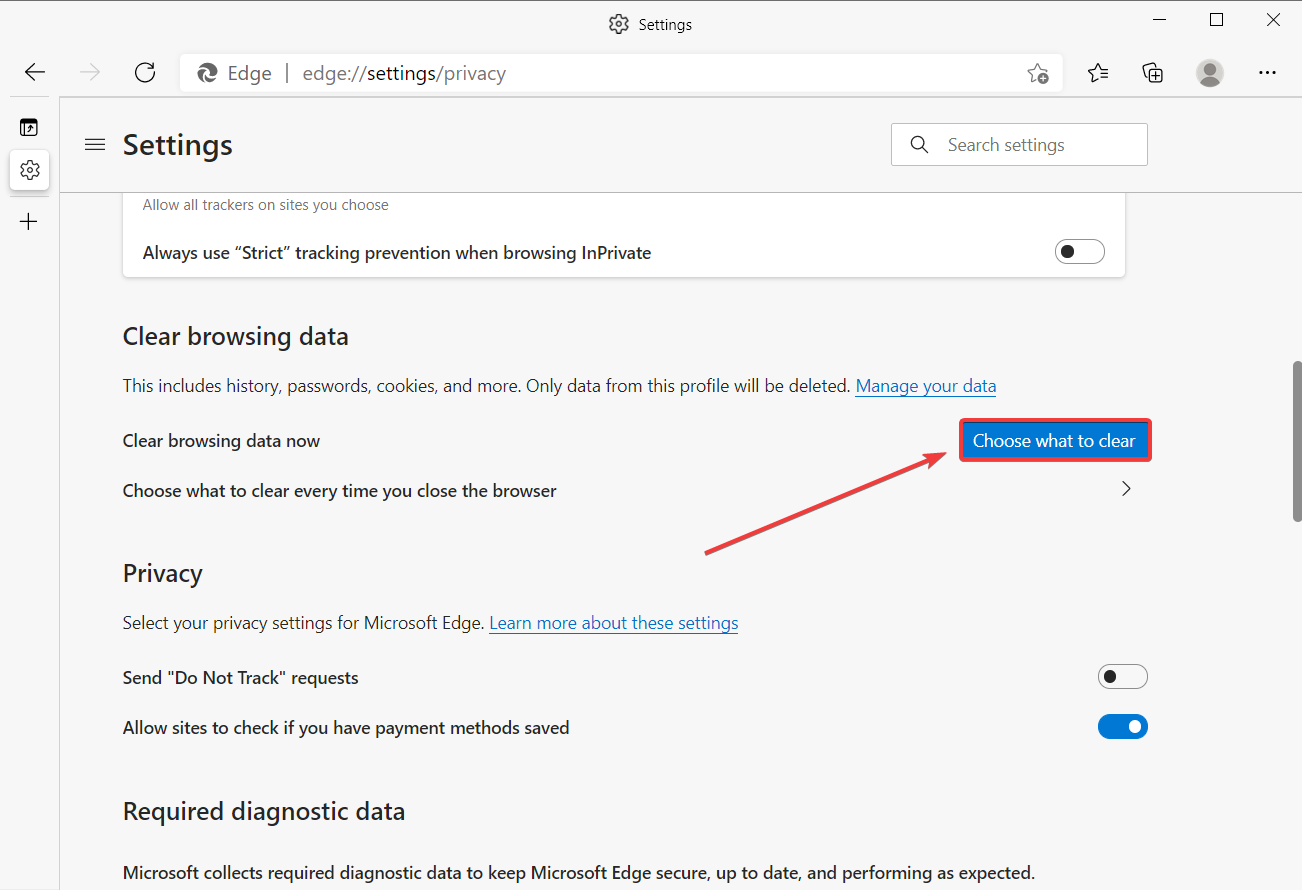
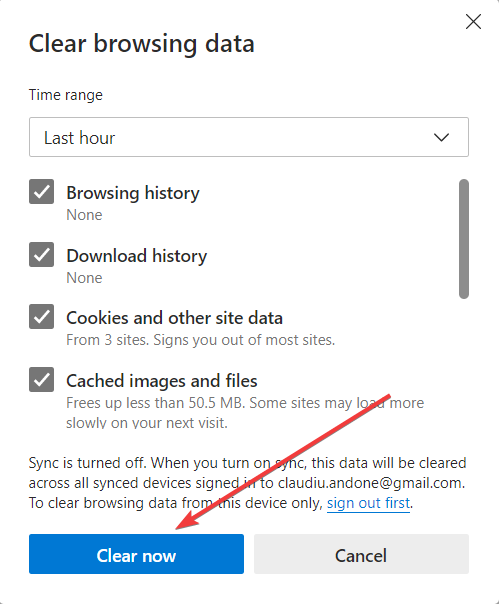

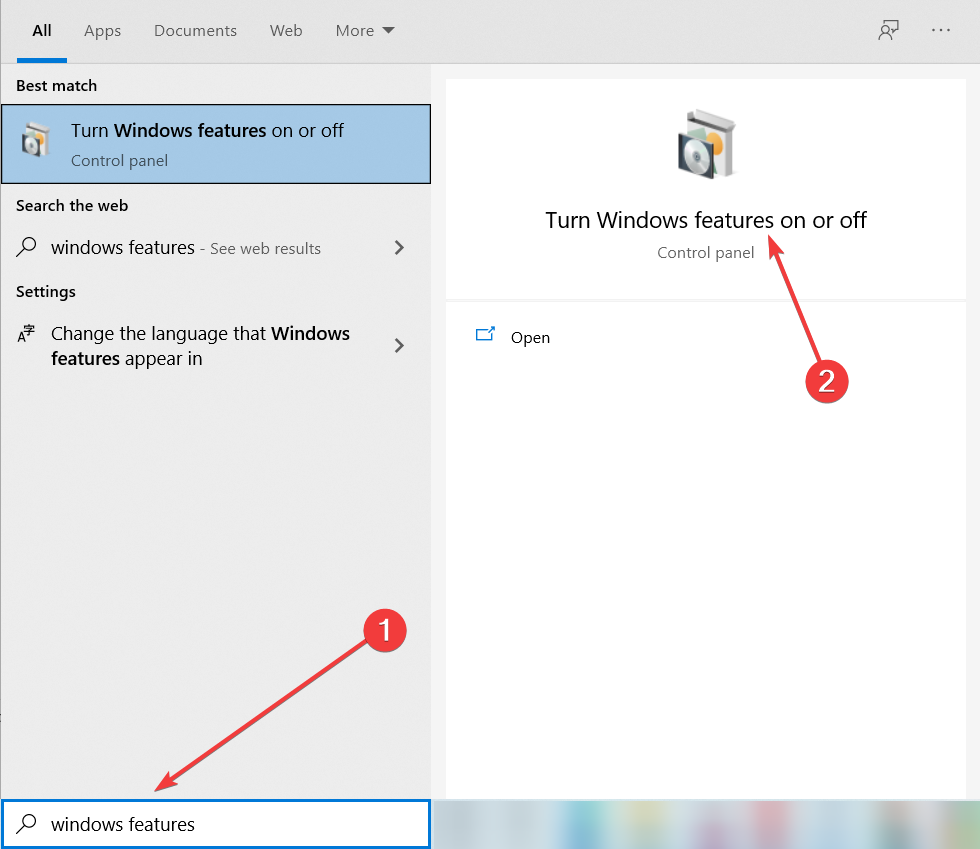
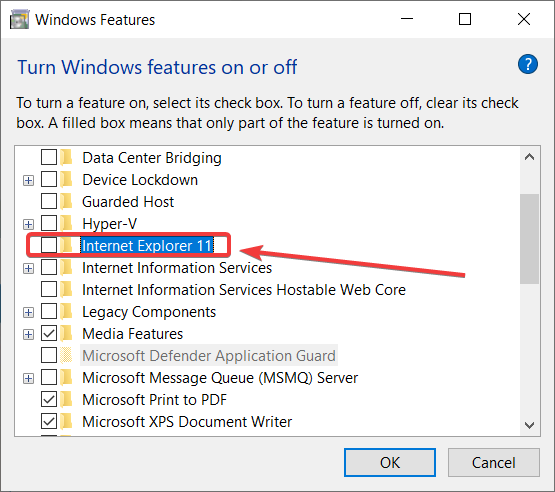
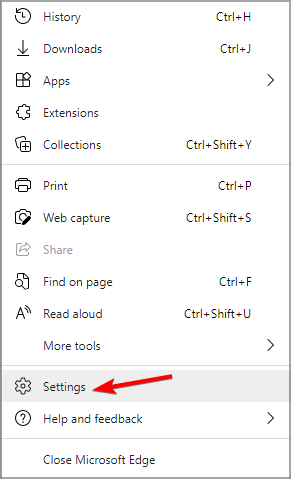
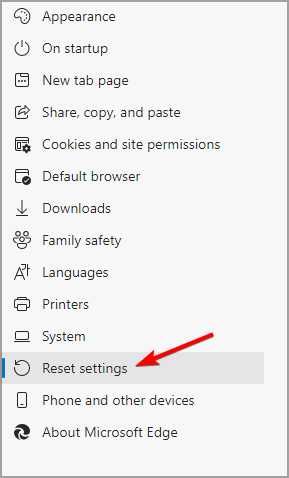

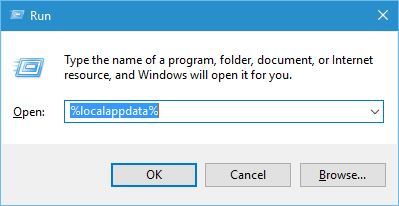
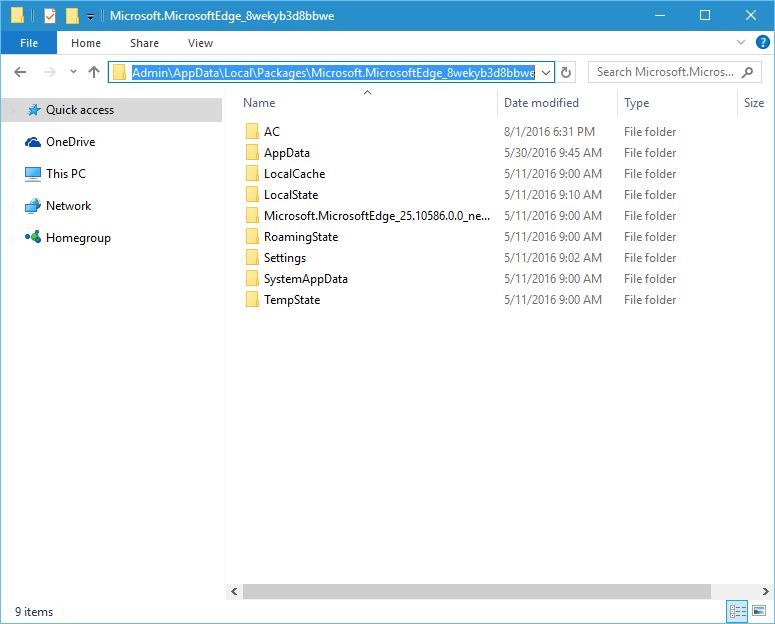
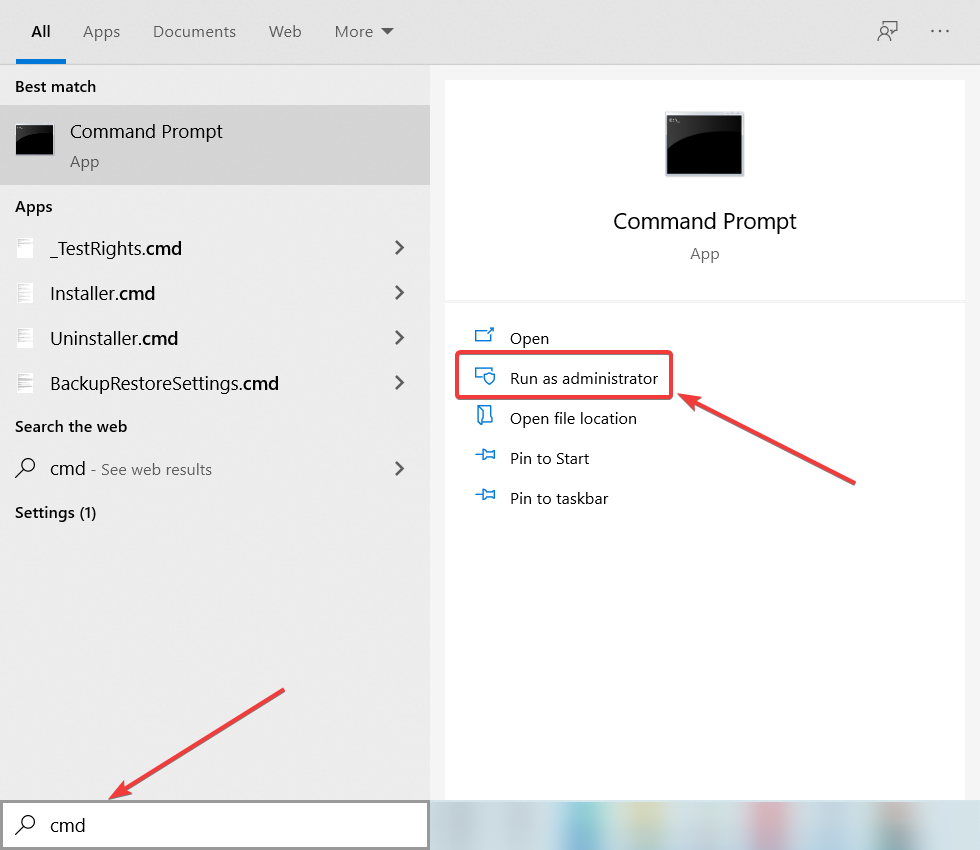
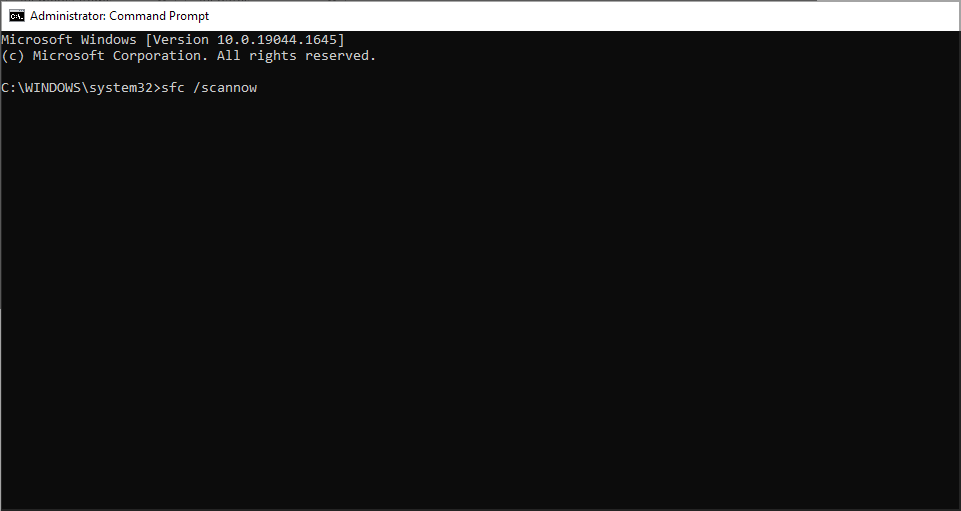
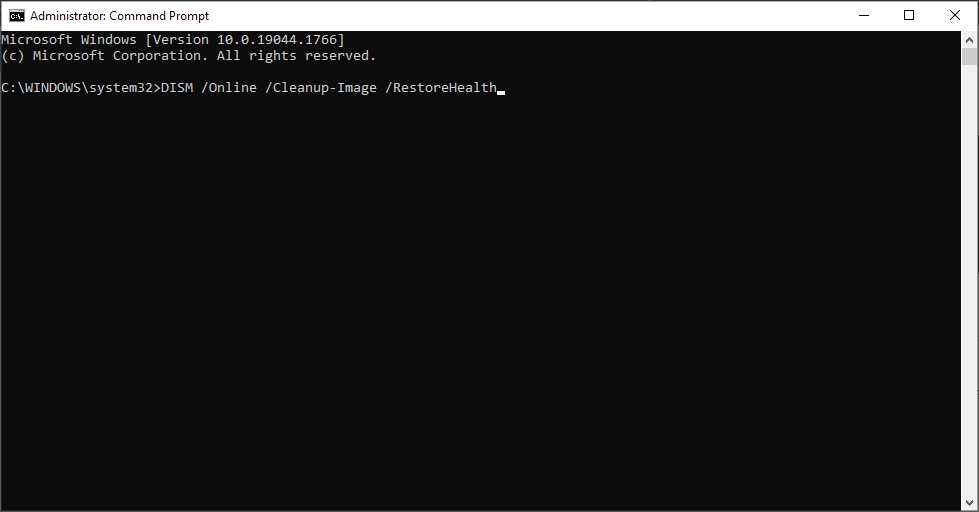

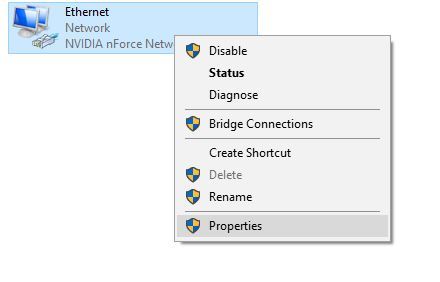

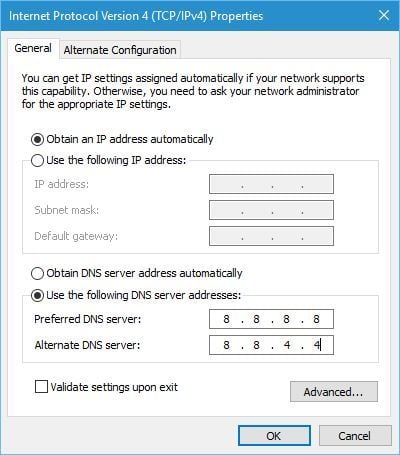


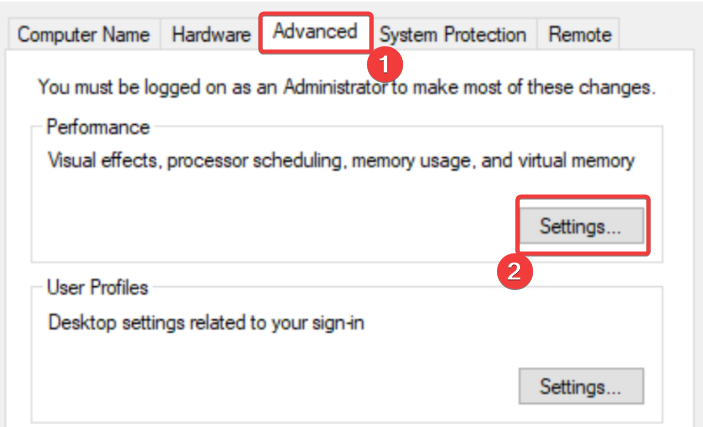


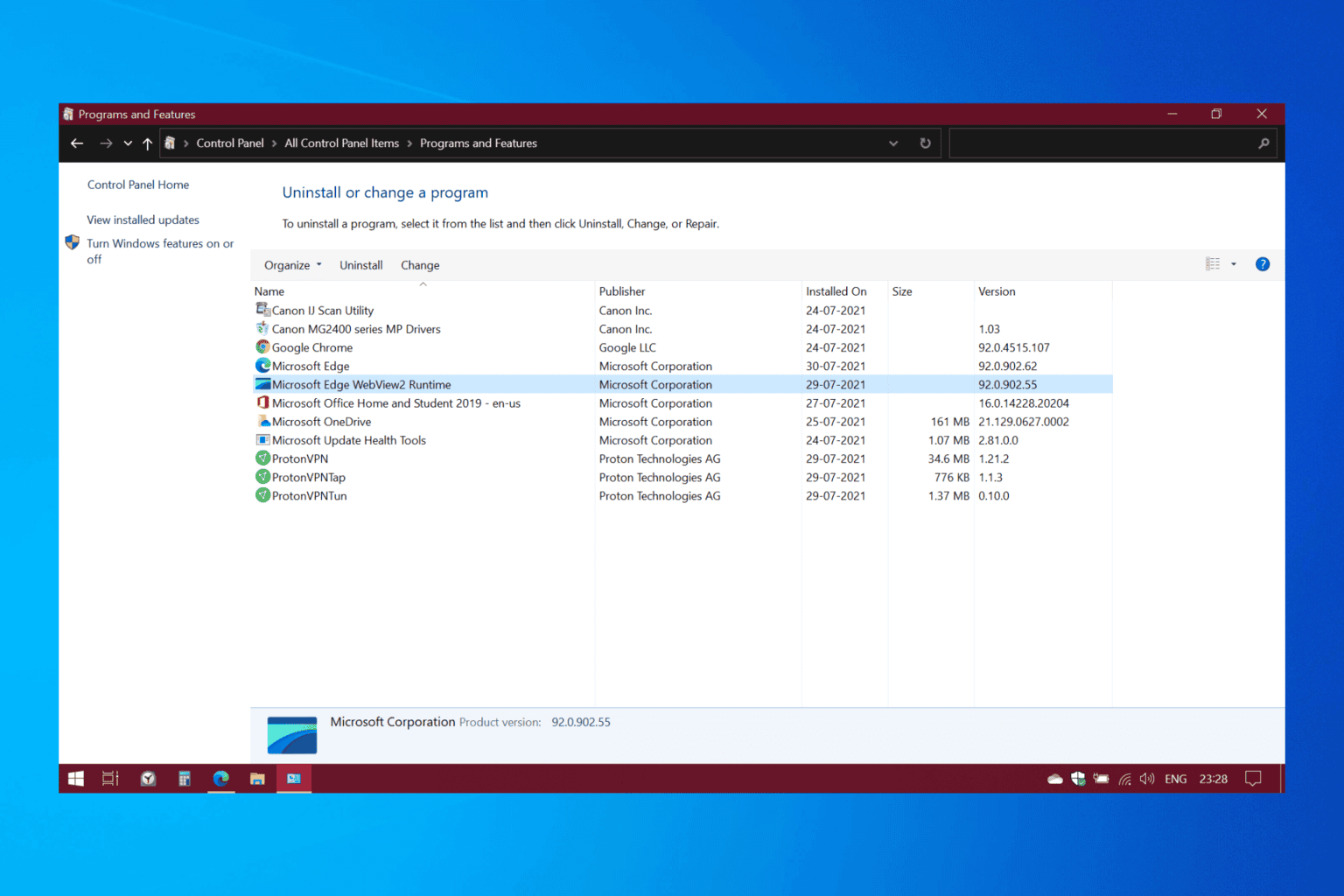
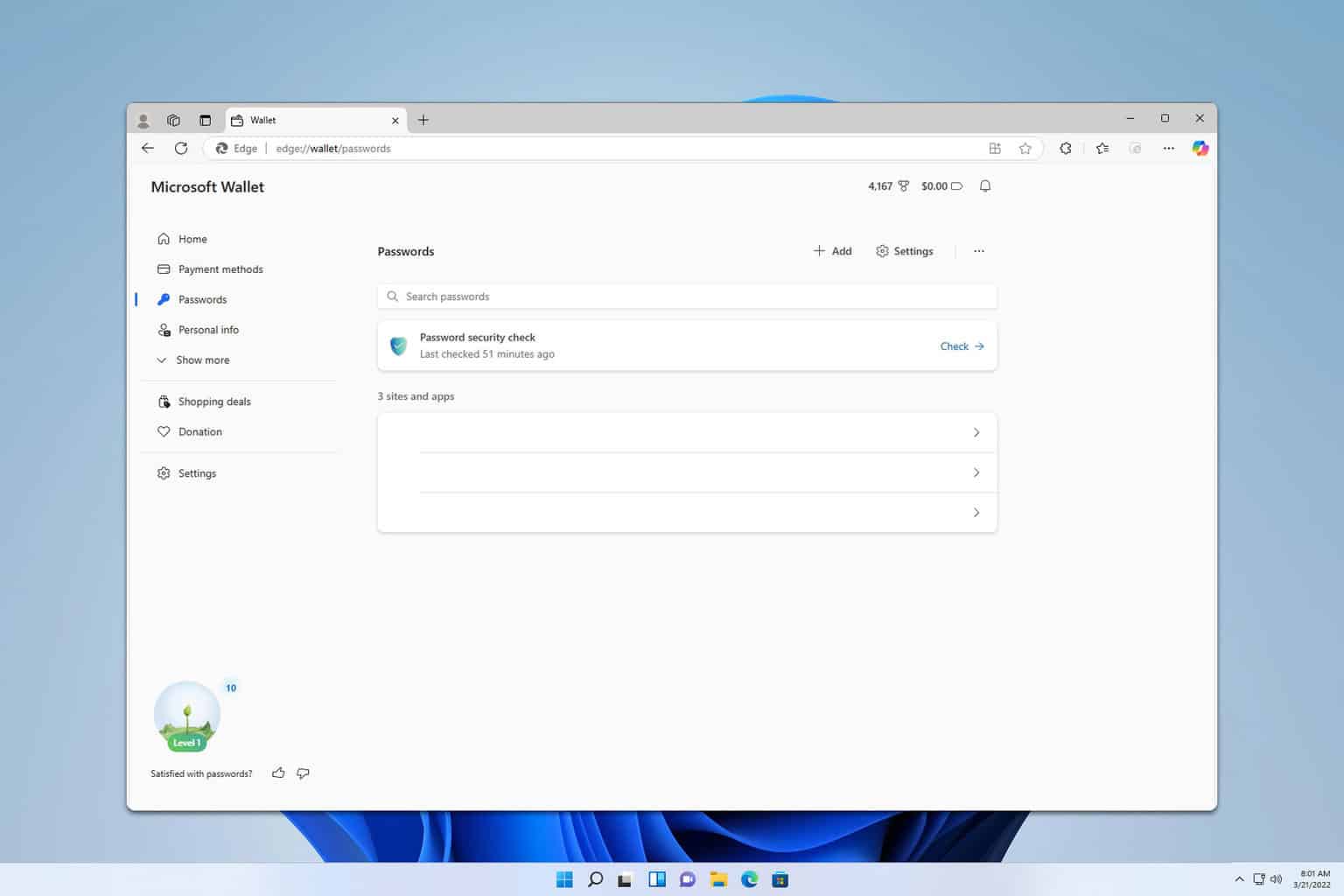

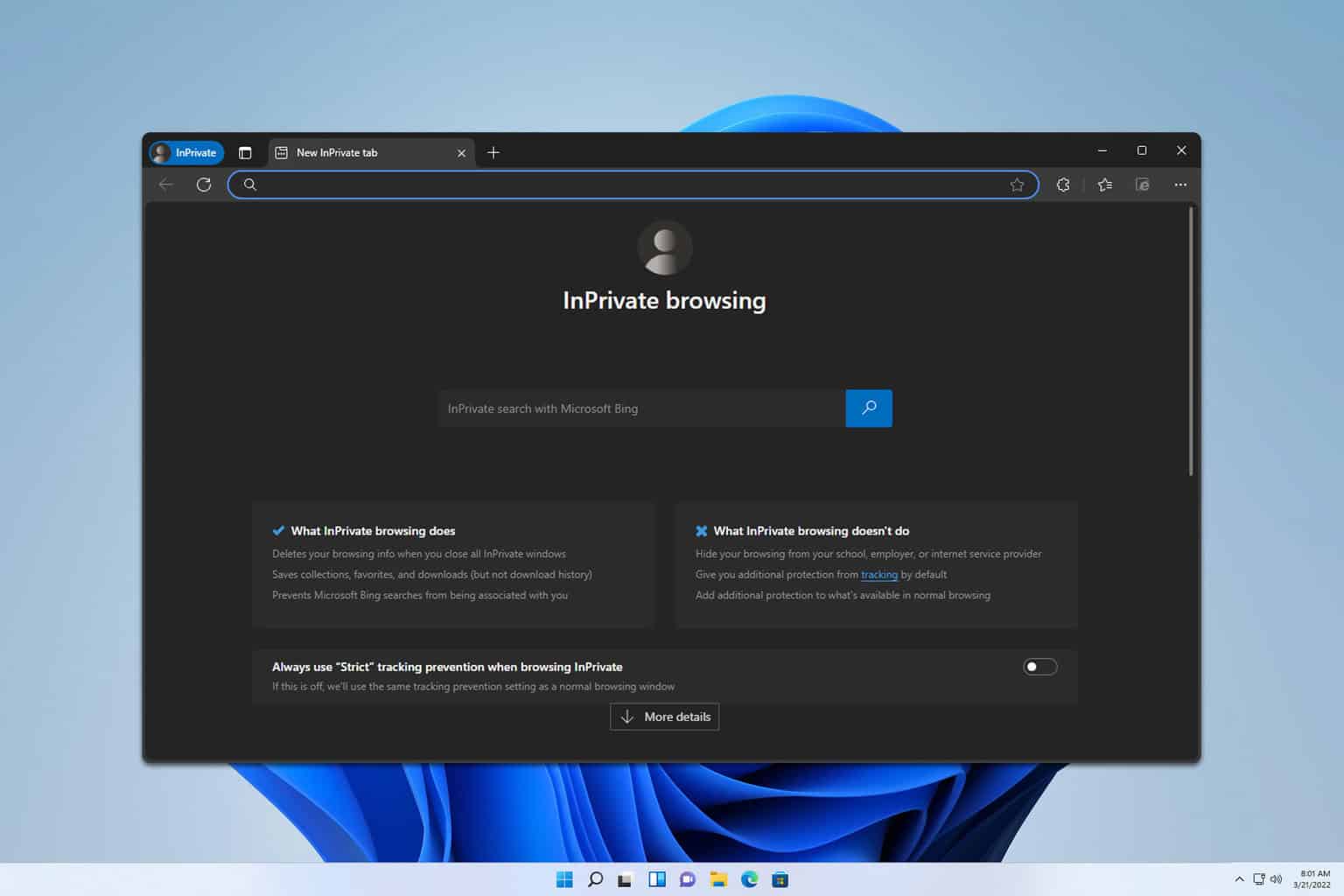
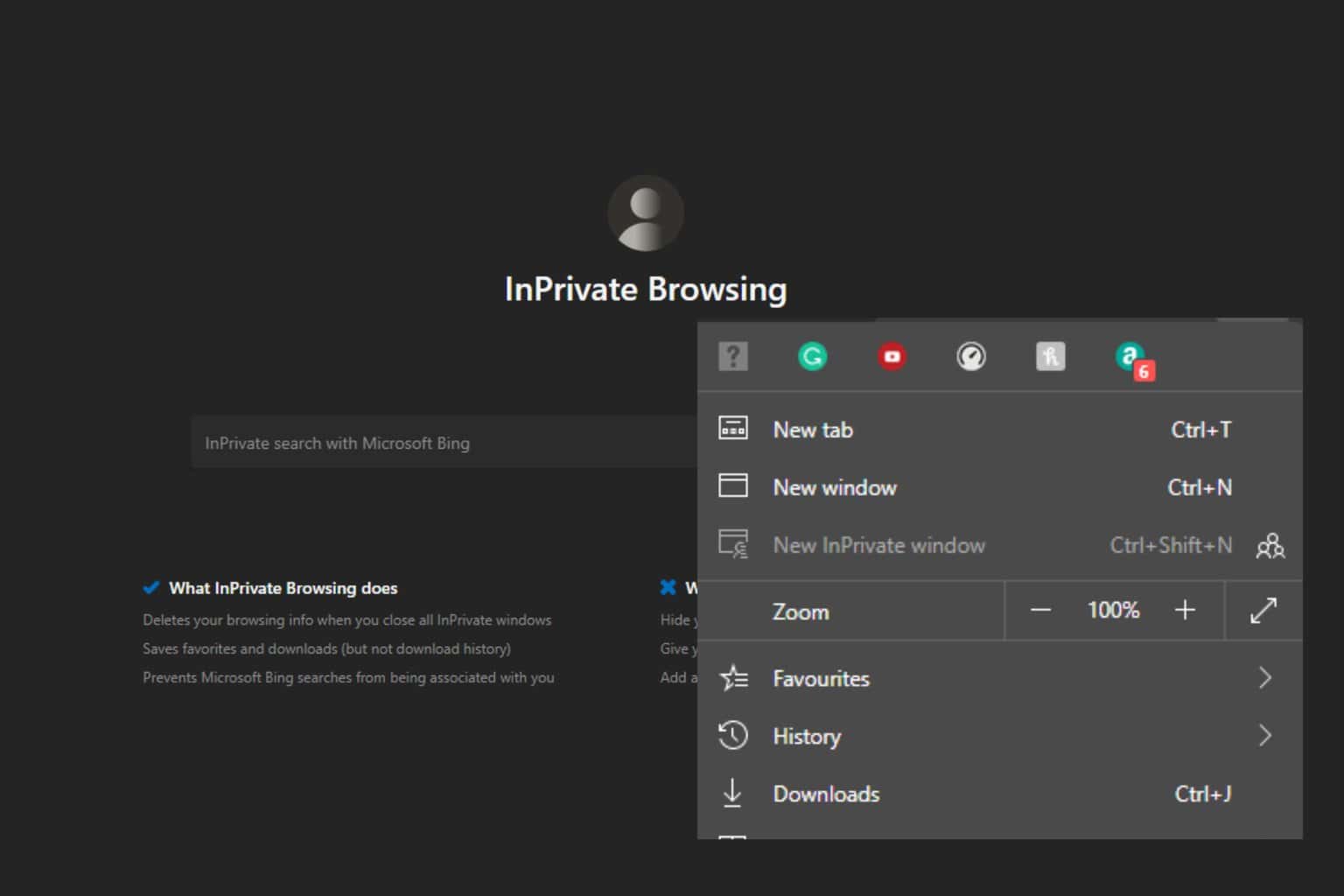

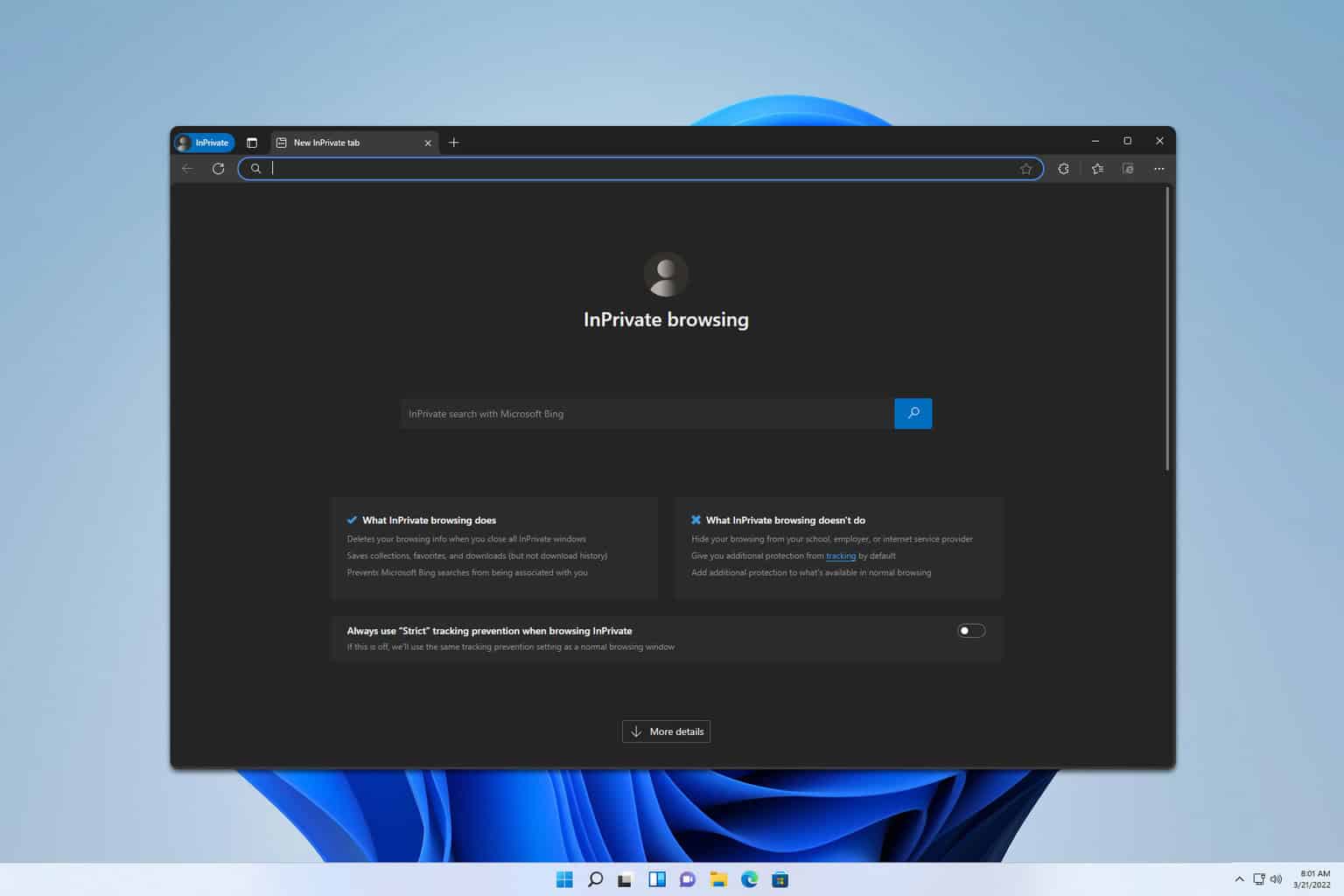
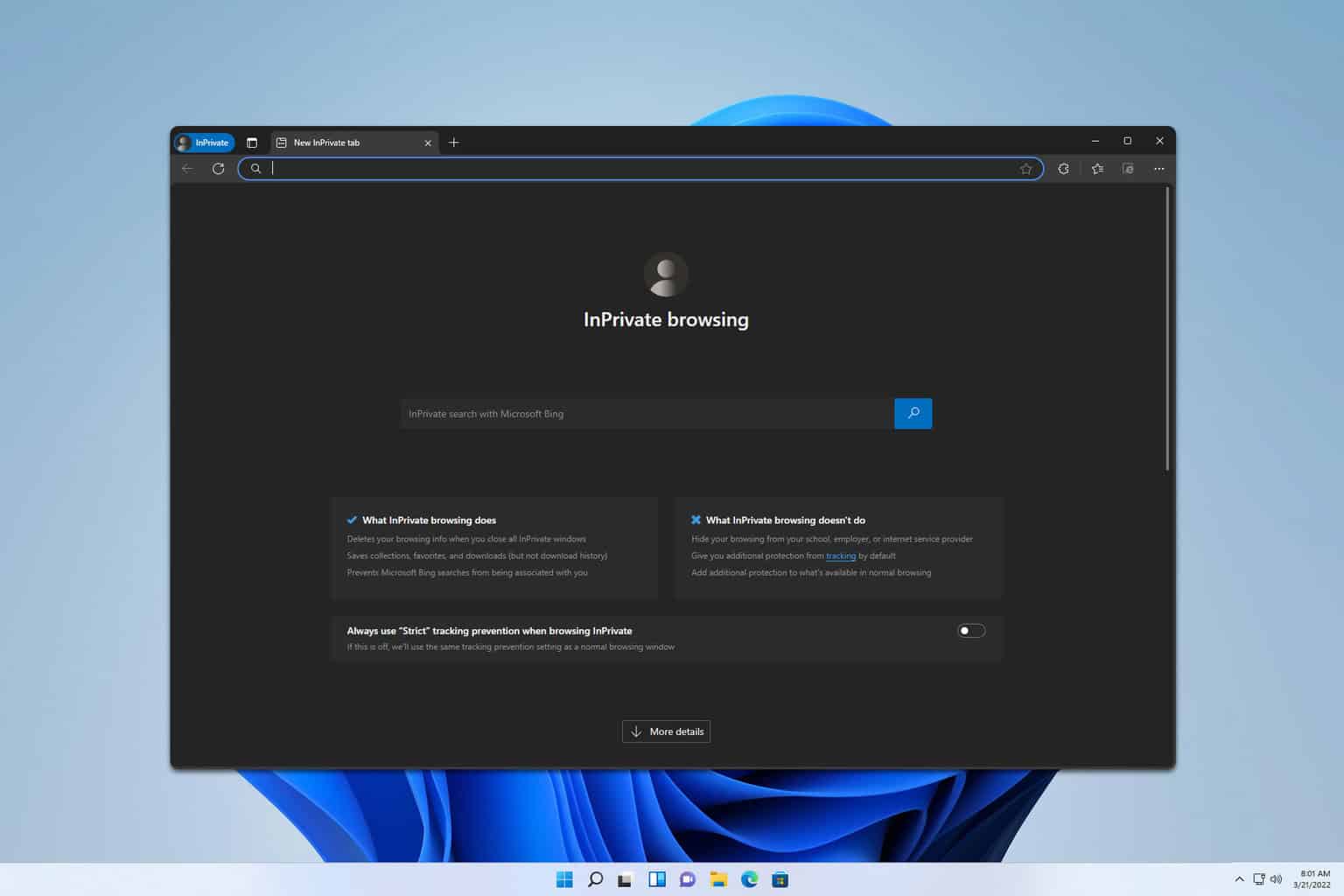

User forum
3 messages